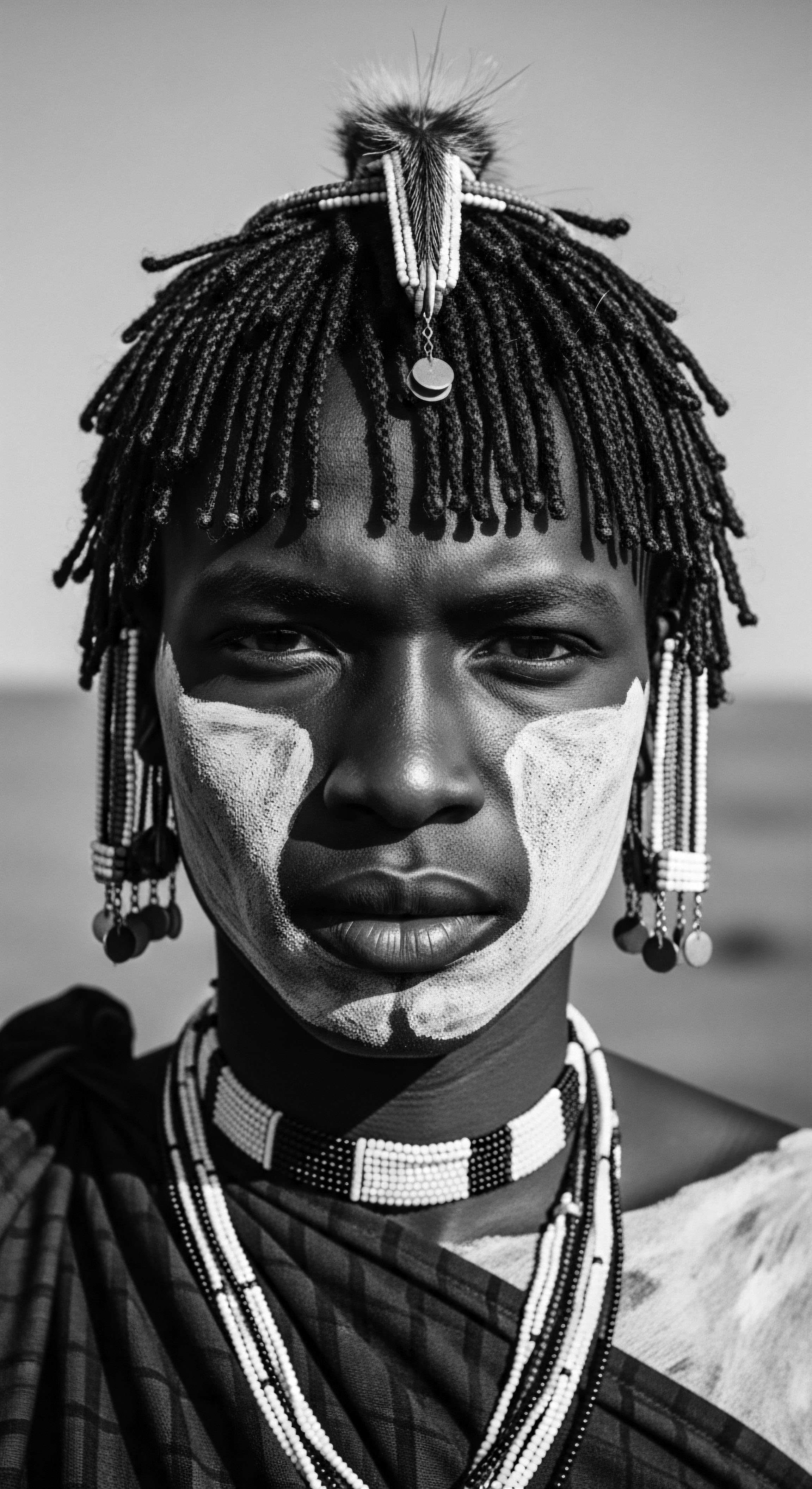
How did hot combs influence heritage?
The hot comb deeply shaped textured hair heritage, reflecting complex interplay of identity, cultural adaptation, and enduring resilience.

What modern challenges persist for textured hair choices?
Modern textured hair concerns stem from historical biases and societal pressures, continually challenging self-expression and cultural pride.

Colorism Studies
Meaning ❉ Colorism Studies explores the systemic preference for lighter skin and straighter hair, examining its historical roots and enduring impact on textured hair identity.

In what ways did colonial practices impact the perception and care of Black hair heritage?
Colonialism systematically devalued textured hair, transforming ancestral reverence into perceived inferiority, profoundly reshaping Black hair heritage.
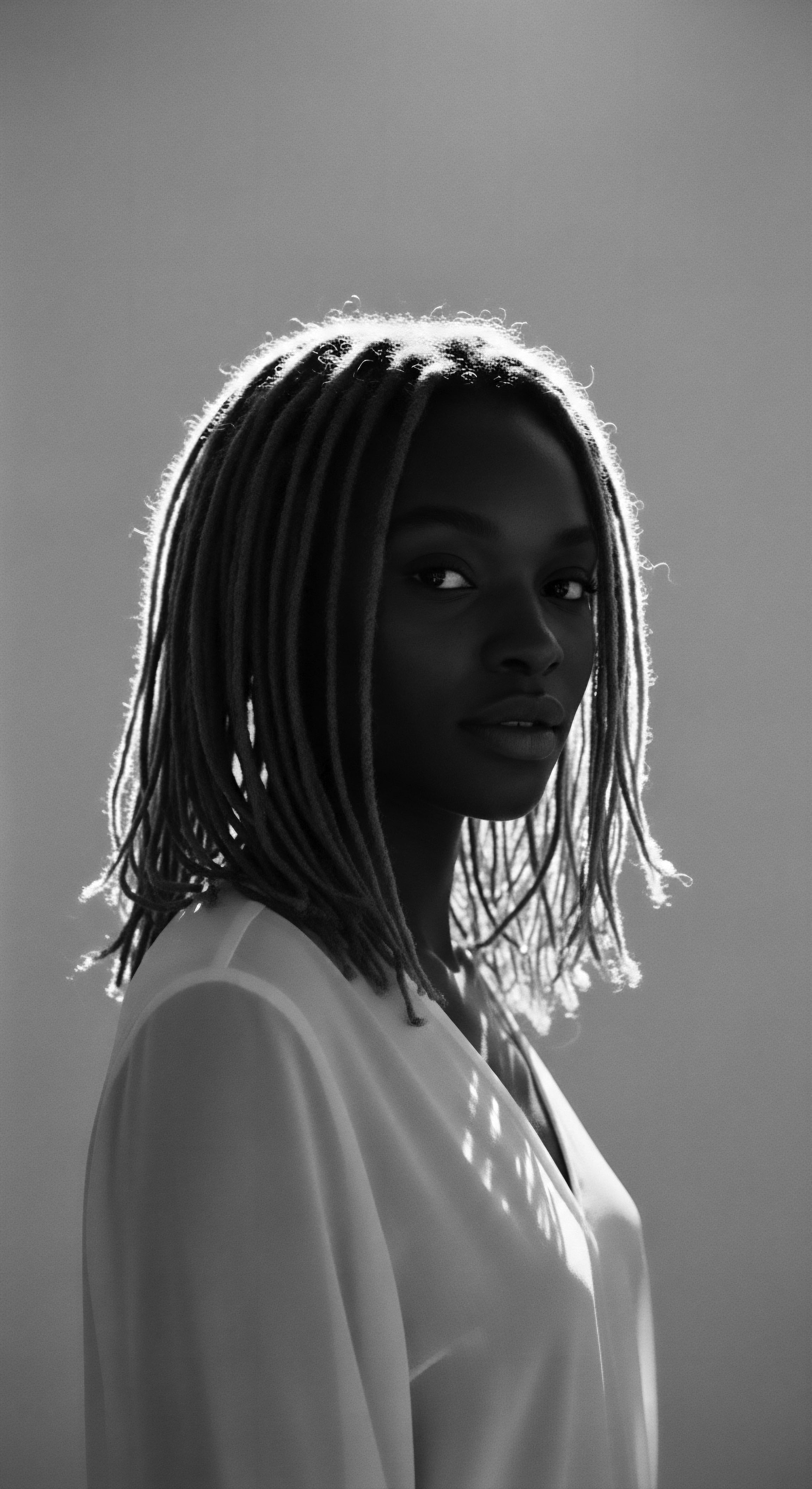
How do historical beauty standards relate to textured hair dryness?
Historical beauty standards often imposed ideals that exacerbated textured hair dryness, contrasting with ancestral practices prioritizing moisture retention.
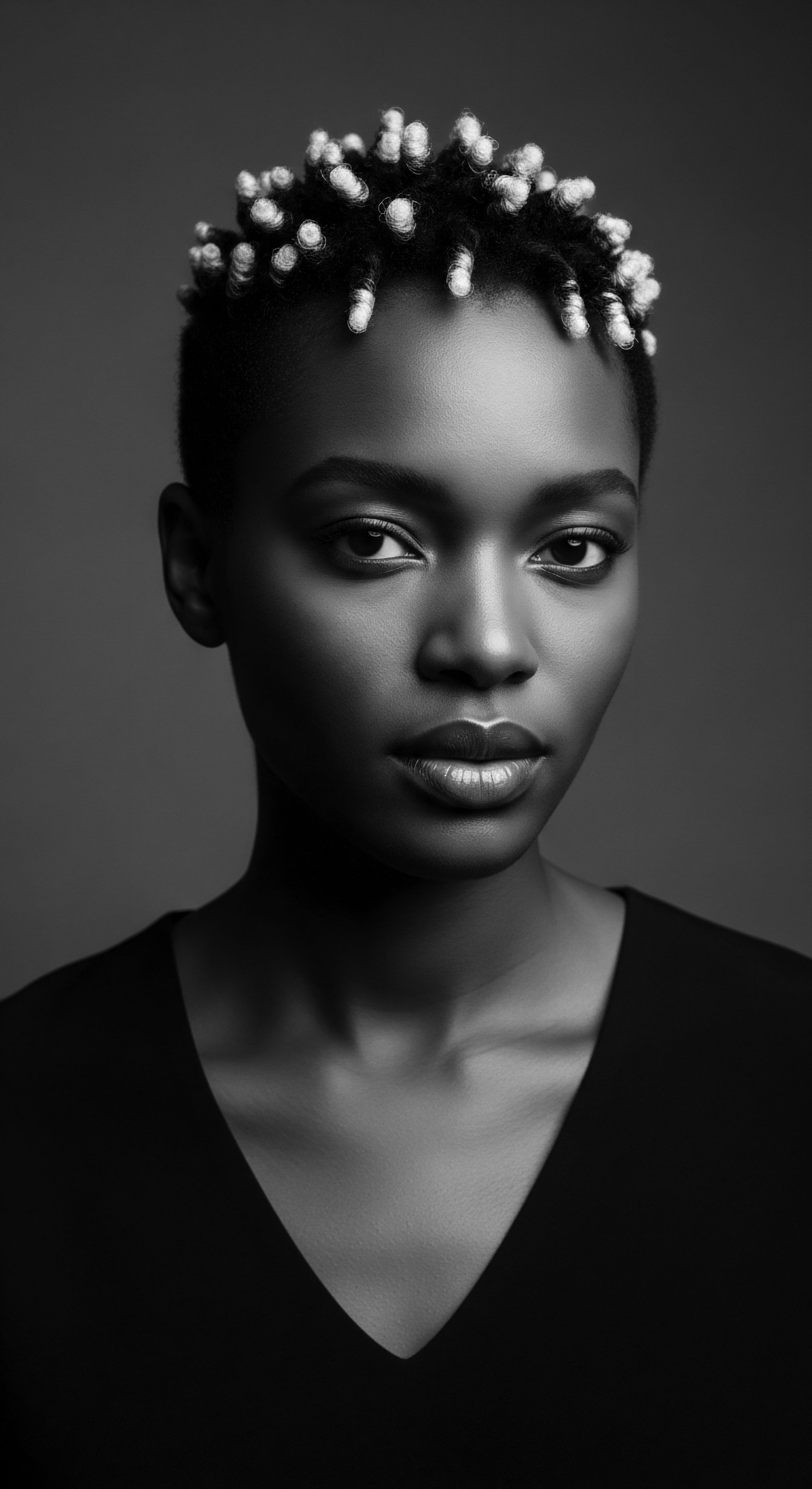
How has textured hair heritage shaped current beauty standards?
Textured hair heritage has profoundly reshaped beauty standards by asserting the inherent worth and beauty of coils and curls, driving a global shift towards authenticity.
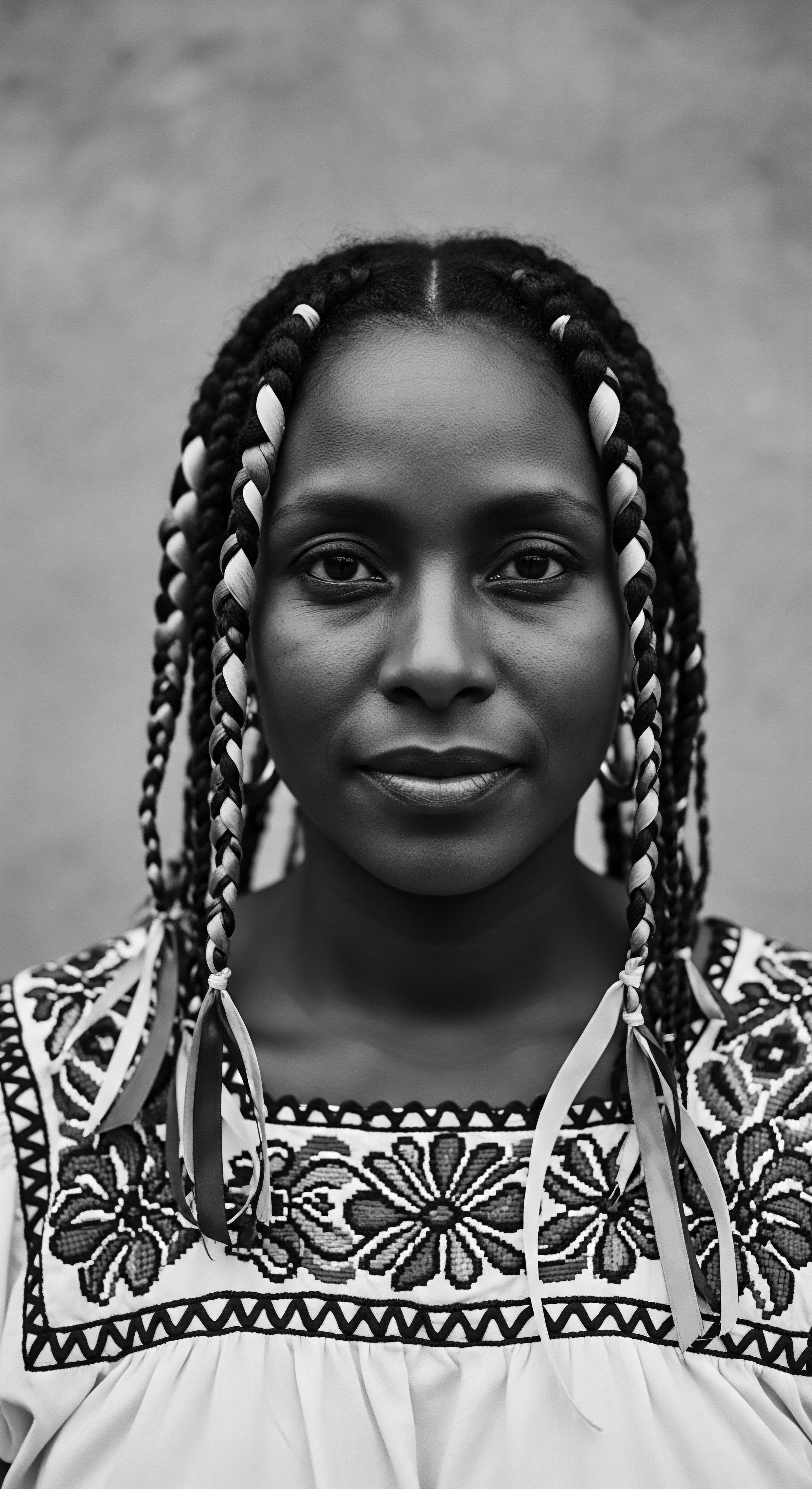
Do ancestral hair practices influence modern beauty standards?
Ancestral hair practices profoundly shape modern beauty standards, grounding care in textured hair heritage.

How does historical hair discrimination influence modern beauty standards for textured hair?
Historical hair discrimination has forced adaptation and resistance, shaping beauty standards for textured hair.

How did chemical relaxers impact textured hair health historically?
Chemical relaxers historically altered textured hair’s natural bonds, leading to health concerns while reshaping Black hair heritage.

In what ways did colonialism impact traditional textured hair practices globally?
Colonialism significantly eroded traditional textured hair practices globally, yet ancestral heritage empowered resilience and cultural reclamation.
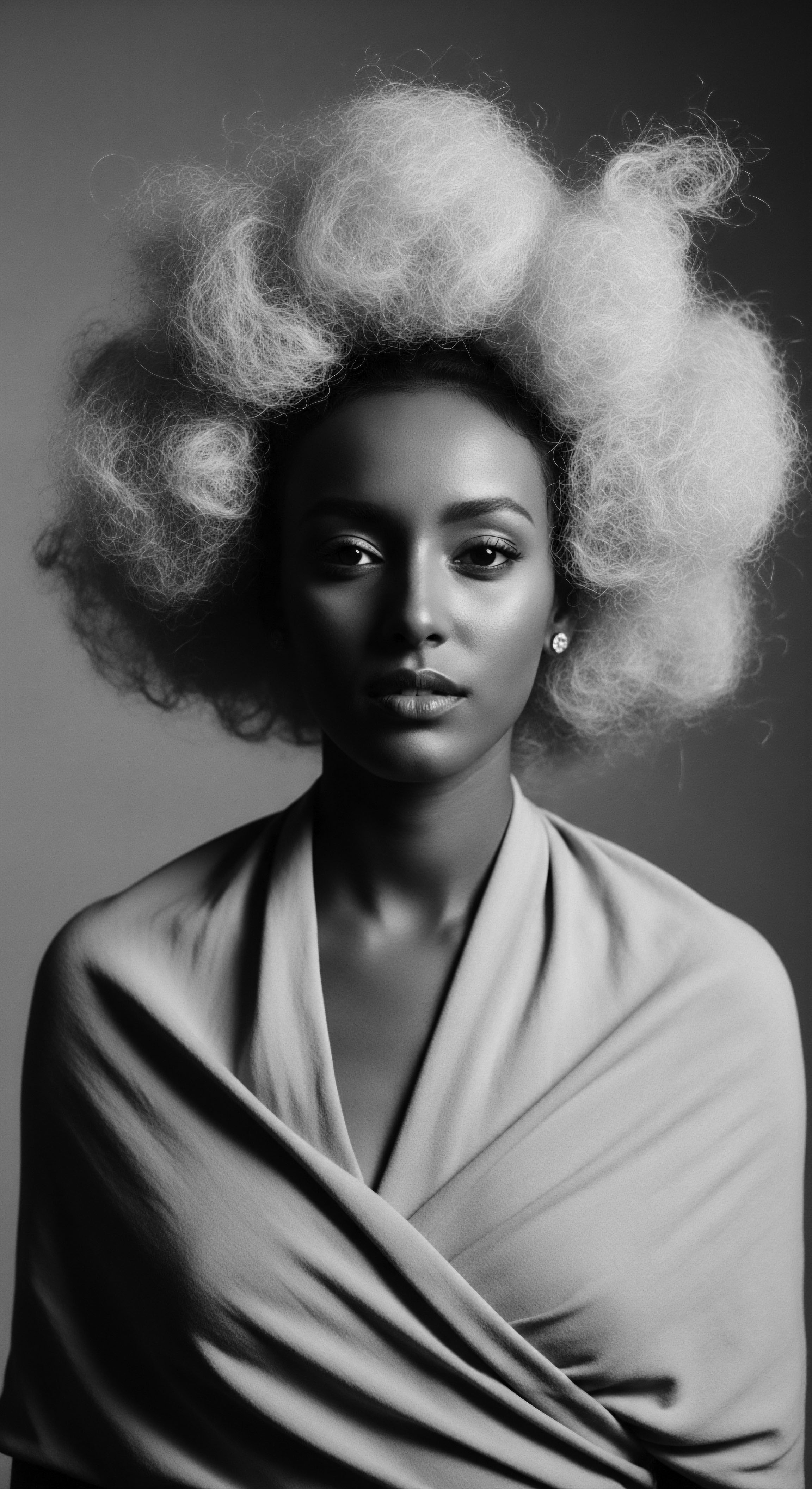
How do historical beauty standards influence current textured hair pride?
Historical beauty standards shaped textured hair pride by forcing assimilation, which led to resilient reclamation rooted in ancestral heritage.
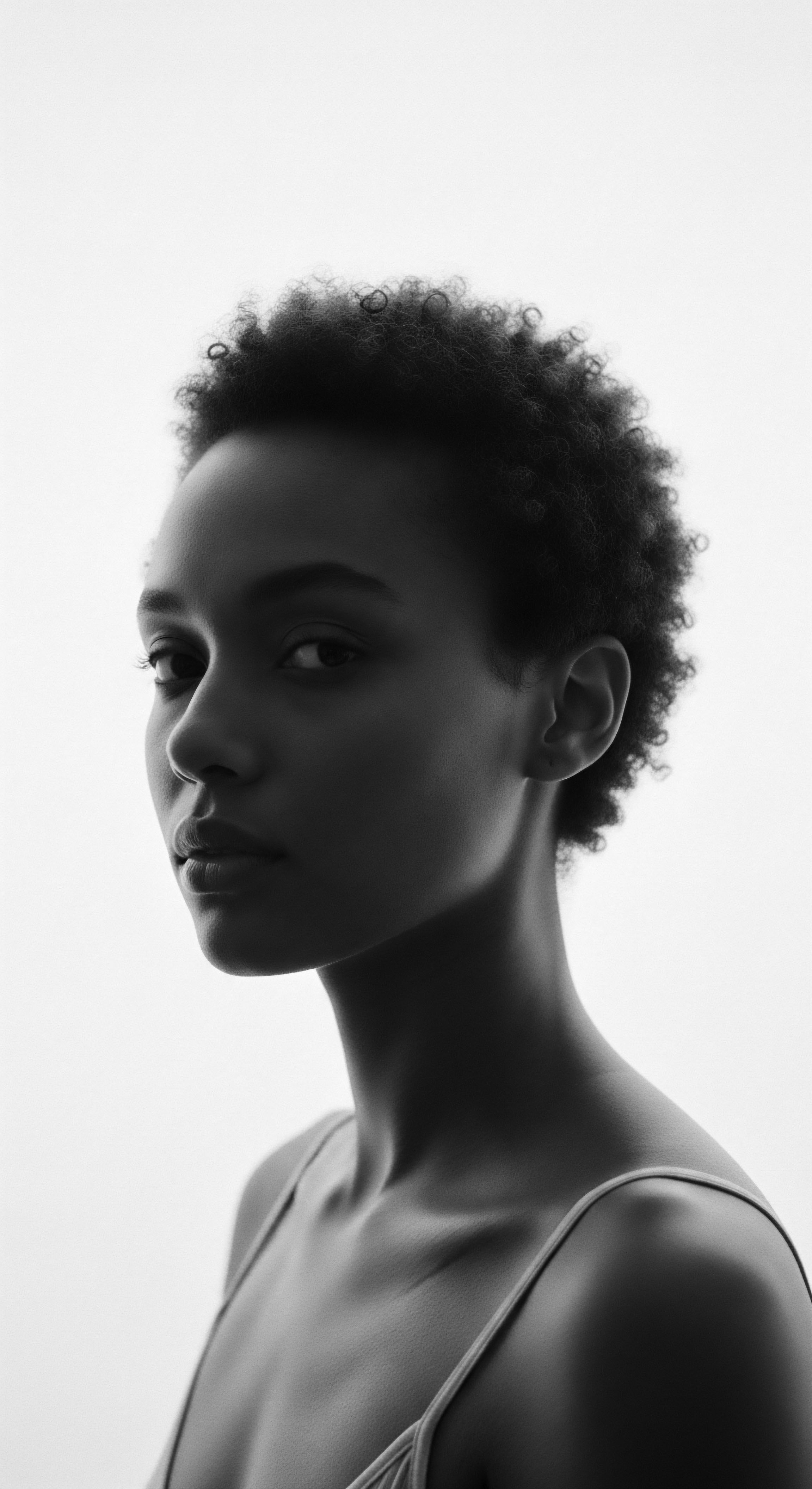
Can understanding hair’s deep heritage redefine contemporary beauty standards?
Understanding hair's heritage unveils beauty standards rooted in cultural resilience, ancestral wisdom, and self-acceptance.
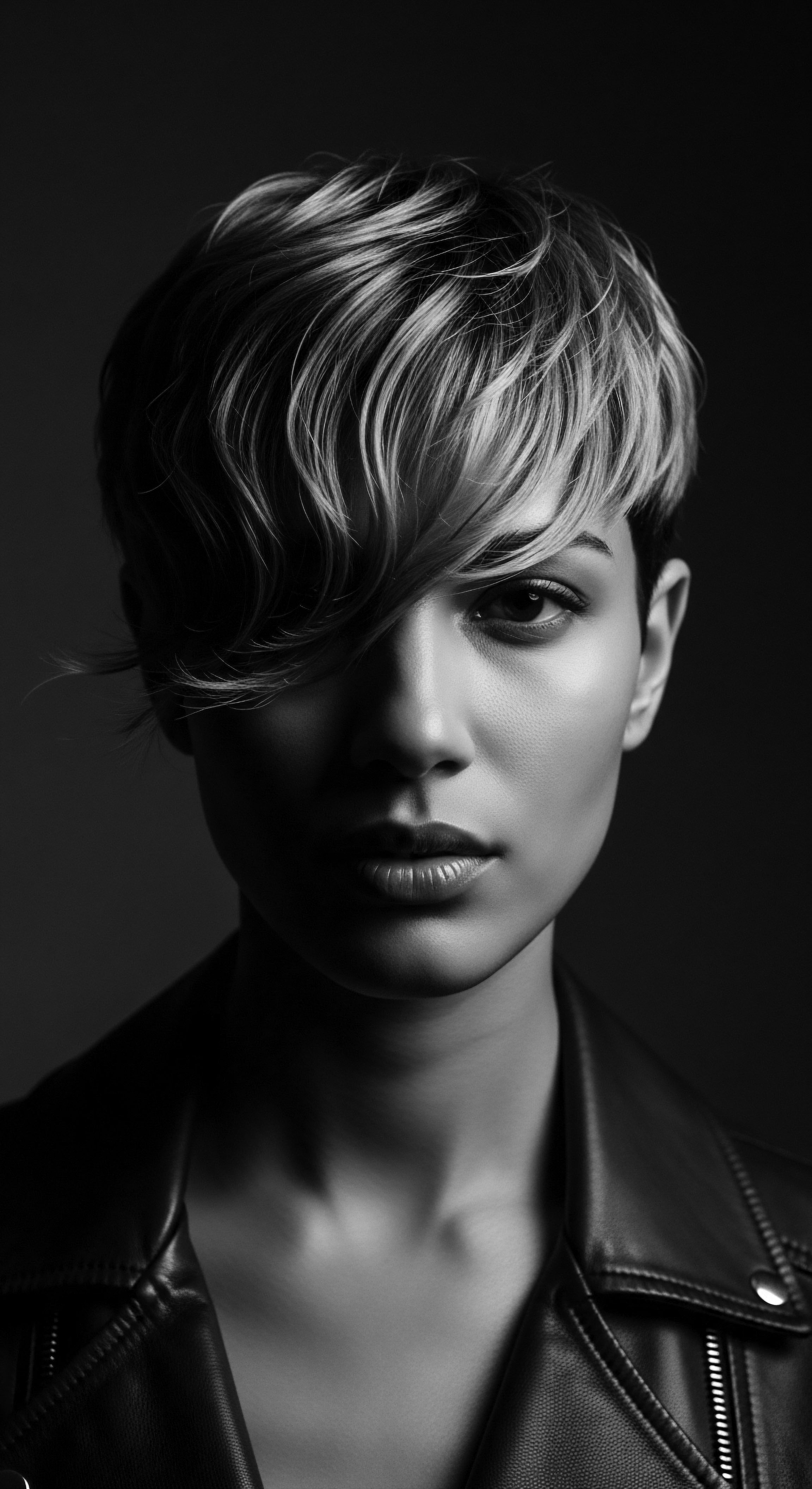
Economic Segregation
Meaning ❉ Economic segregation in the context of textured hair reveals systemic disparities where ancestral hair practices and natural textures have been devalued, influencing financial access and opportunities.
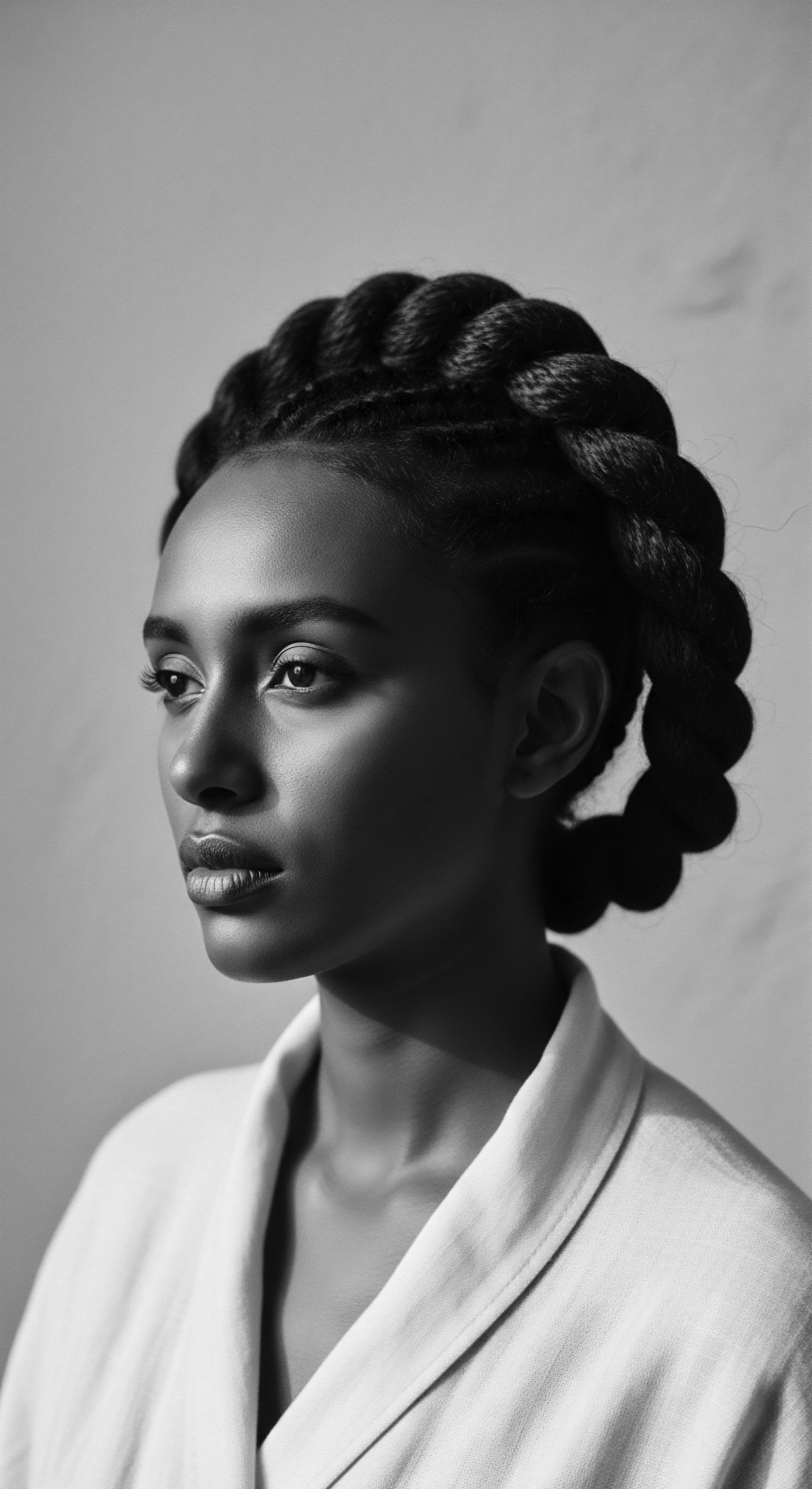
Chemical Hair Straightening History
Meaning ❉ The history of chemical hair straightening details the chemical alteration of hair texture and its profound socio-cultural meaning, particularly for textured hair heritage.

How do societal views on textured hair persist?
Societal views on textured hair persist through historical power dynamics, yet resilient heritage and ancestral practices continuously affirm its inherent beauty.
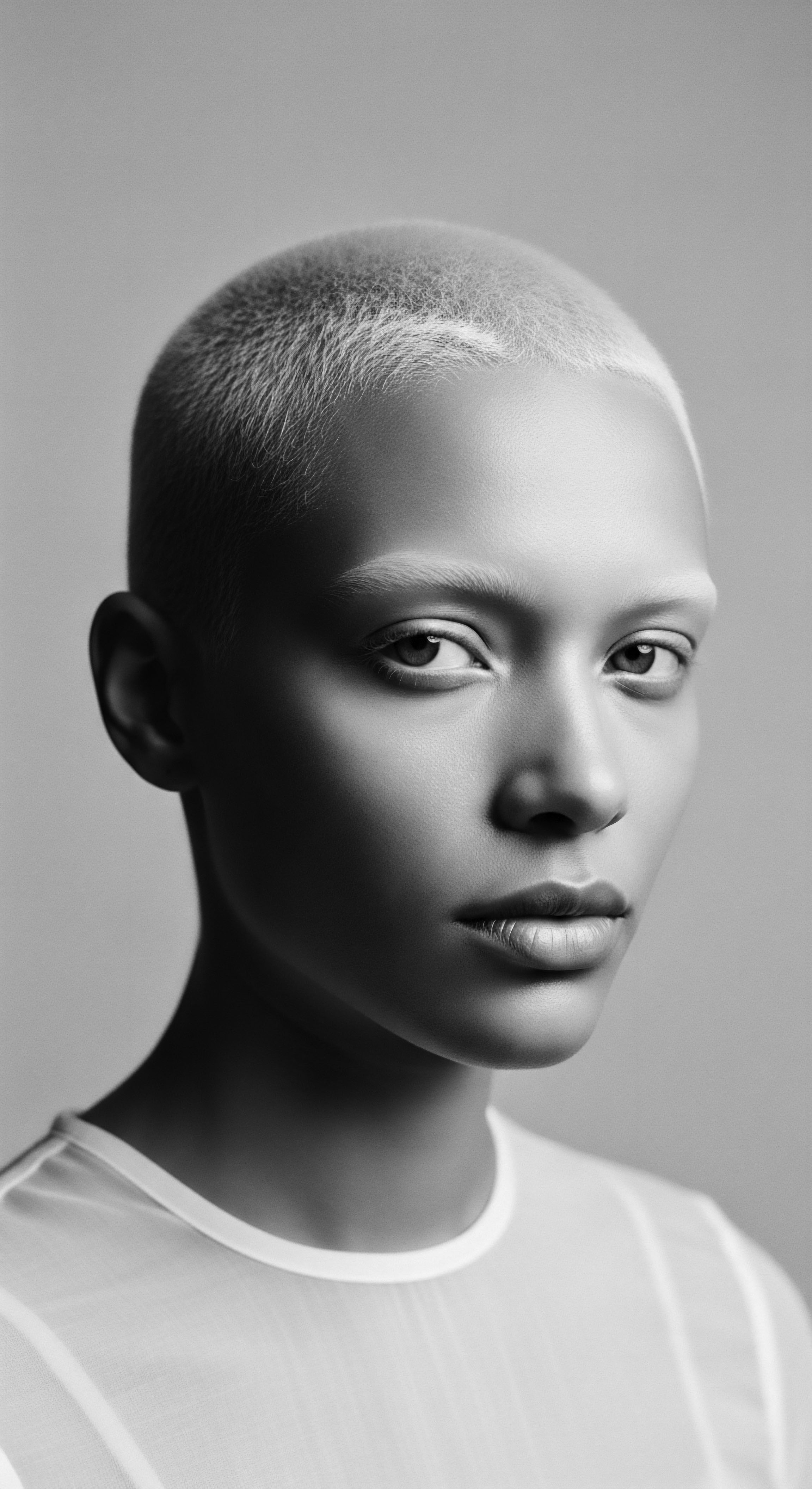
How Do Cultural Standards Continue to Influence Textured Hair Acceptance?
Cultural standards continue to influence textured hair acceptance by perpetuating historical biases rooted in Eurocentric ideals, contrasting with hair's ancestral heritage.

How does hair heritage influence self-acceptance online?
Hair heritage profoundly shapes self-acceptance online by affirming ancestral beauty, fostering community, and challenging historical biases.
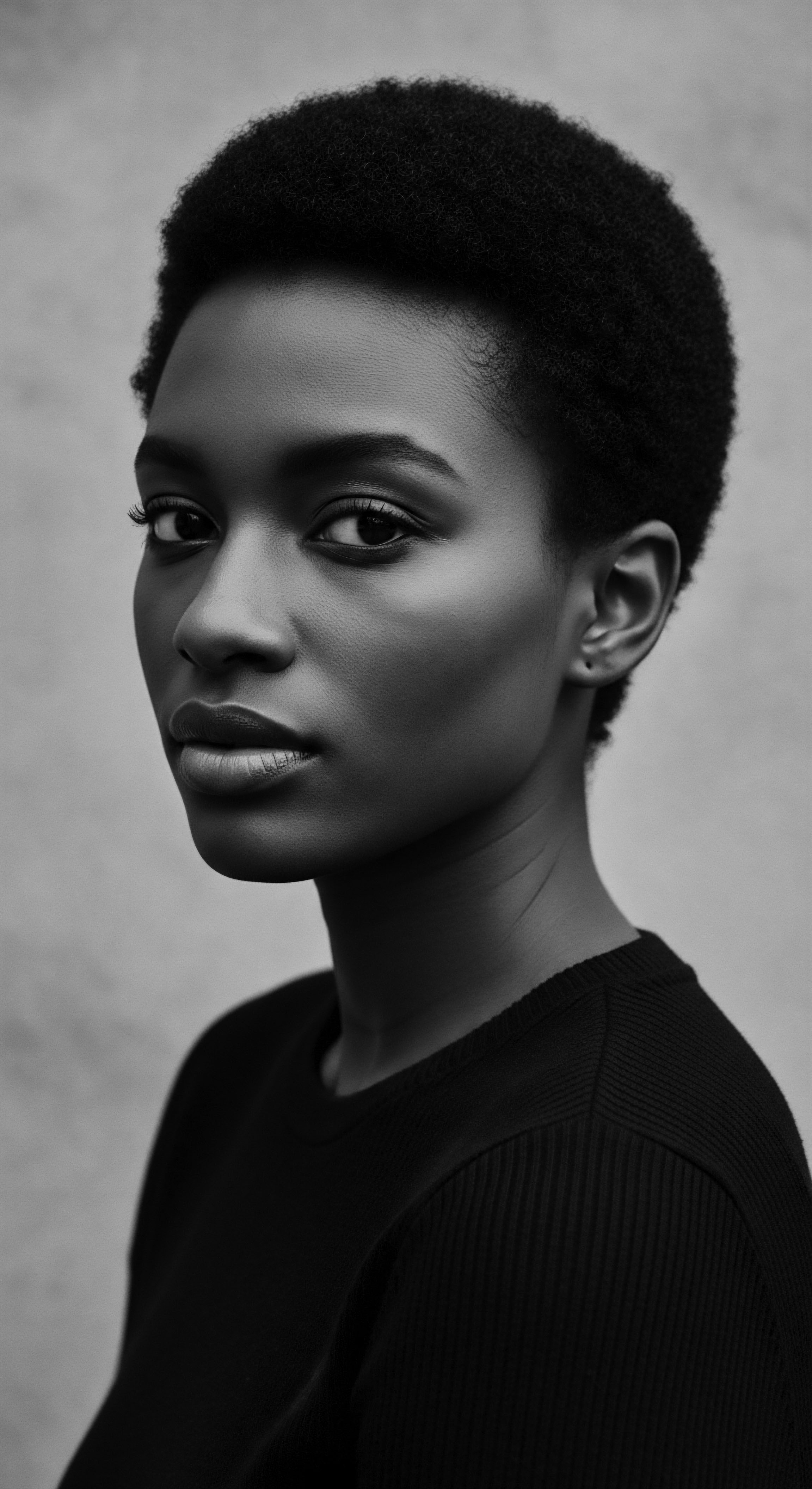
What enduring legacies of colonial rule affect textured hair heritage today?
Colonial rule warped perceptions of textured hair, turning a heritage of pride into a source of imposed struggle and self-reclamation.

Hair Care Oppression
Meaning ❉ Systemic devaluation of textured hair and its ancestral care practices, rooted in historical impositions and perpetuated by societal and economic forces.
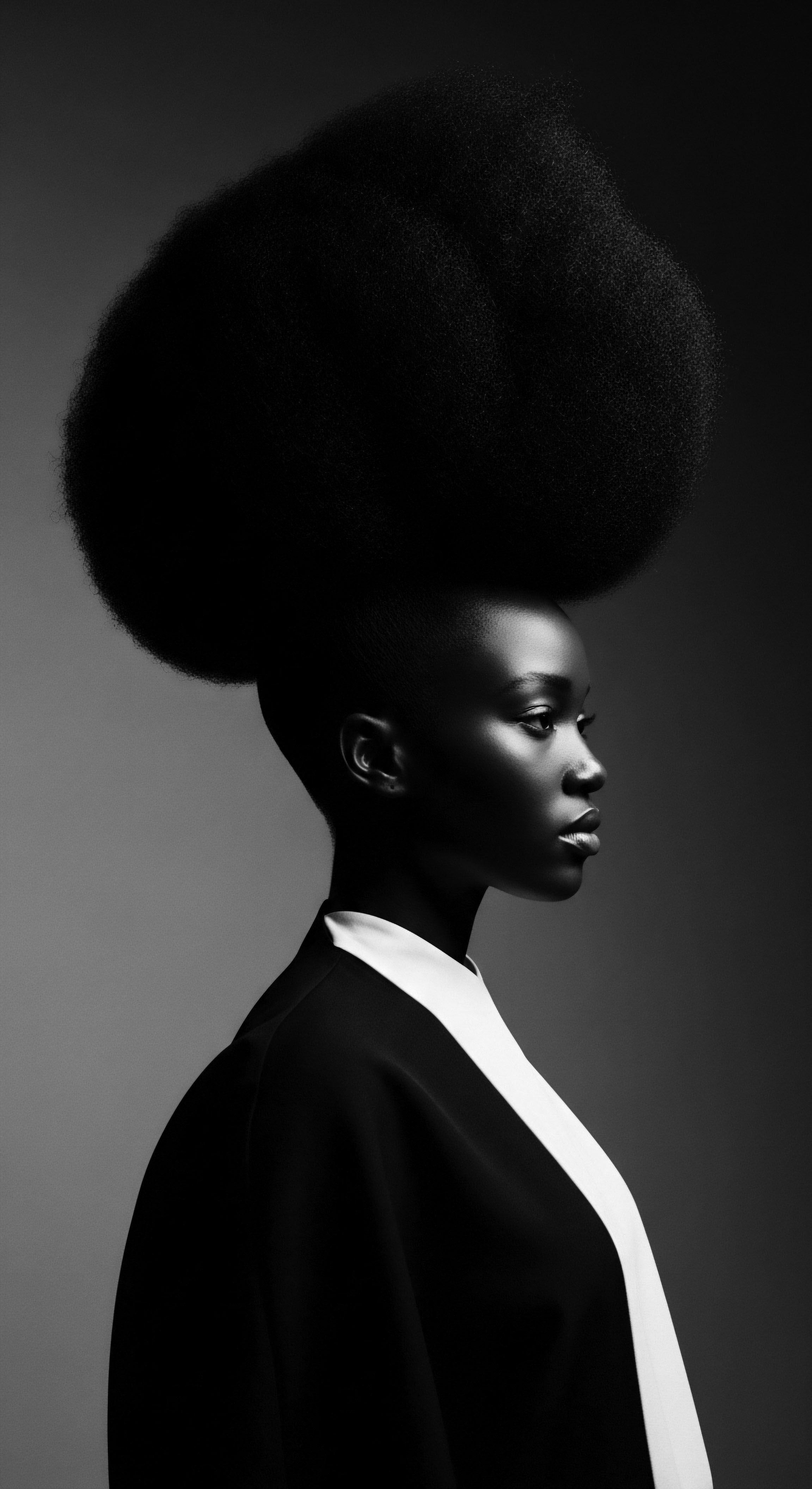
In what ways did the natural hair movement challenge societal beauty standards?
The natural hair movement reclaimed Black identity by challenging Eurocentric beauty standards and honoring ancestral hair heritage.

How do laws recognize hair as identity?
Laws recognize hair as identity by protecting ancestral styles and textures against discrimination, affirming cultural heritage.

What historical biases against textured hair remain today?
Historical biases against textured hair stem from centuries of Eurocentric ideals, continuing to affect perceptions and opportunities today.

How did colonial rule impact traditional textured hair care ingredients?
Colonial rule severely disrupted access to ancestral ingredients and imposed European beauty standards, leading to the devaluation of traditional textured hair care heritage.

How did colonialism redefine textured hair’s worth?
Colonialism redefined textured hair's worth by systematically devaluing its ancestral significance, replacing it with European beauty standards.
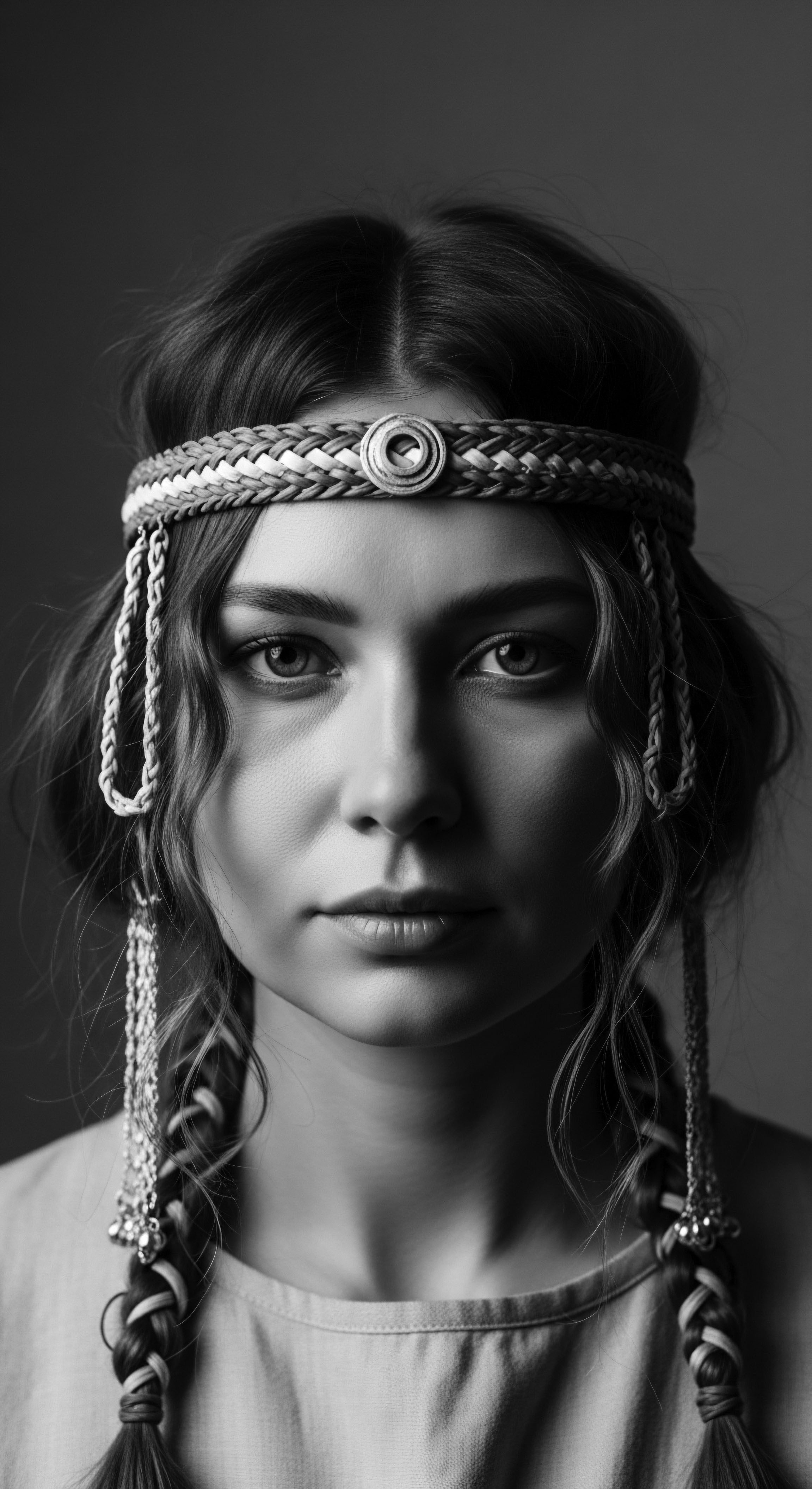
What historical biases impacted textured hair recognition?
Historical biases, rooted in Eurocentric ideals, systematically devalued textured hair, impacting its recognition and care through generations of ancestral practices.

